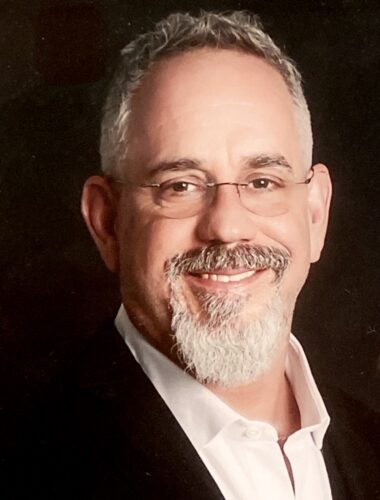
Variations of Neurological & Spine Procedures/Injuries
Trust our highly skilled doctors for to help improve painful spinal injuries. Disc herniations, or “slipped discs”, are a common injury that can occur anywhere along the spine. Depending on the severity of the slippage or herniation, you may experience numbness, tingling, burning, or muscle weakness in your arms or legs. If conservative medical treatments or other treatments such as physical therapy do not help alleviate the pain, a variety of surgical interventions are available.
Procedures/Injuries
A traumatic brain injury (TBI), also known as an intracranial injury, is an injury to the brain caused by an external force. TBI can be classified based on severity, mechanism (closed or penetrating head injury) or other features (e.g., occurring in a specific location or over a widespread area). TBI can result in physical, cognitive, social, emotional and behavioral symptoms, and outcomes can range from complete recovery to permanent disability or death.
A cervical discectomy is a surgical procedure to treat nerve root or spinal cord compression by decompressing the spinal cord and nerve roots of the cervical spine with a discectomy, followed by inter-vertebral fusion to stabilize the corresponding vertebrae. This procedure is used when other non-surgical treatments have failed.
Anterior cervical discectomy and fusion (ACDF) is a surgical procedure to treat nerve root or spinal cord compression by decompressing the spinal cord and nerve roots of the cervical spine with a discectomy, followed by inter-vertebral fusion to stabilize the corresponding vertebrae. This procedure is used when other non-surgical treatments have failed.
Total Disc Replacement is a surgical procedure in which degenerated inter-vertebral discs in the spinal column are replaced with artificial disc implants in the lumbar (lower) or cervical (upper) spine. The procedure is used to treat chronic, severe low back pain and cervical pain resulting from degenerative disc disease.
Spinal fusion, also called spondylodesis or spondylosyndesis, is a neurosurgical or orthopedic surgical technique that joins two or more vertebrae. This procedure can be performed at any level in the spine (cervical, thoracic, or lumbar) and prevents any movement between the fused vertebrae. There are many types of spinal fusion and each technique involves using bone grafting—either from the patient (autograft), donor (allograft), or artificial bone substitutes—to help the bones heal together.
Personalized Treatment Plans
 At Alliance Spine & Joint, our conservative approach to treatment options perfectly match your goals of treatment complications with early intervention.
At Alliance Spine & Joint, our conservative approach to treatment options perfectly match your goals of treatment complications with early intervention.
With activity modification, disc herniations will often resolve on their own in a matter of weeks. However, some herniations may not fully resolve and interventional pain management treatments or physical therapy are first line treatment choices. In cases where the herniation does not improve with time or respond to conservative treatments, our team of neurosurgeons is prepared with a variety of surgical options to alleviate your pain



